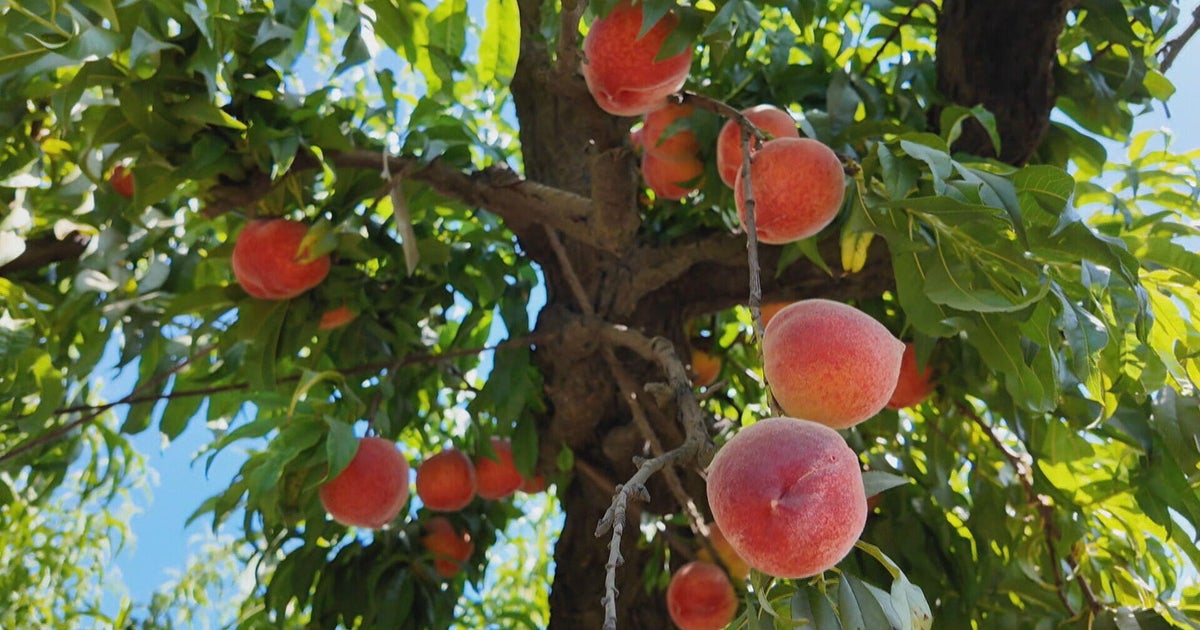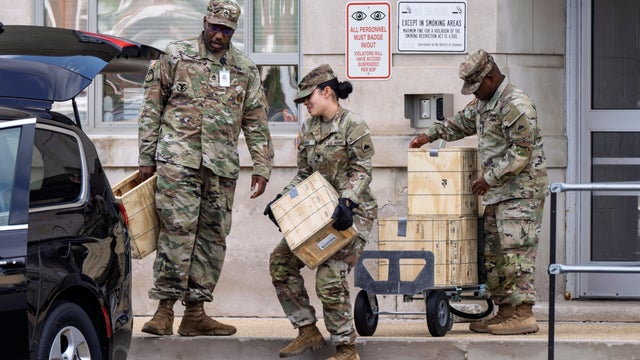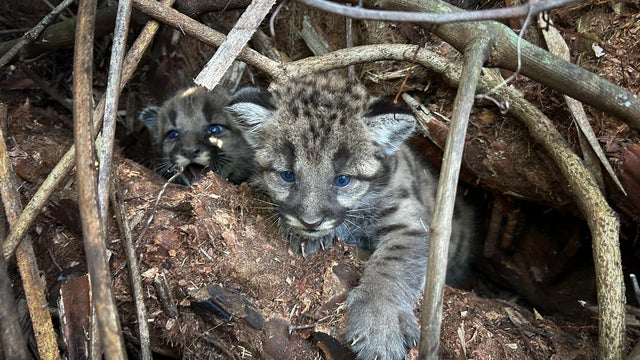

No response returned

The peaches harvested at Masumoto Family Farm in California's Central Valley are so delicious, they are sought after by world-famous restaurants.
But this year's harvest signals trouble: There are 30% fewer peaches to pick due to warmer winters that disrupted the sleep cycles of the trees. Farmers like Mas Masumoto, whose family relies on a 12-week peach harvest for their entire income, are seeing firsthand how climate change
"We like to think about it like the trees need to sleep really soundly — and they need a certain number of hours under 45 degrees," Mas' daughter Nikiko said.
This past winter, the area's stone fruits, such as peaches, plums, apricots and cherries, didn't get consistent cold weather that regulates the trees' nutrients. Instead, they were interrupted by many , which could explain why growers have been hit hard.
"Some of them actually didn't have a crop at all," said Raymond Mireles, an agriculture adviser with the University of California. "And so ultimately, you know, as these trees get woken up, these trees weren't able to kind of maintain some of their carbohydrates within the roots, and ultimately they don't know when to wake up."
Much like a person needs a full night's sleep to be productive, the trees need a full winter's sleep. Now, stone fruit lovers across the country may be beginning to feel the impact. Consumers are paying 23 cents more a pound for yellow peaches and 17 cents more for white peaches.
The Masumotos say one of their oldest groves at the farm helped save the day. Mas Masumoto remembers helping plant it with his parents 60 years ago after they were released from a Japanese internment camp. They also passed down old methods of irrigation.
"We still use this old system of furrow irrigating, most modern agriculture is using drip irrigation, which only keeps the one plant alive," Masumoto said. "My theory, our theory, is the idea of keeping the soil alive. And I think as our trees have deep roots, they tolerate these swings in temperature and change in climate."
The older trees — and old ways — are helping this one family pack and ship 10,000 pieces of fruit a day. But other farmers and lovers of fresh California fruits may not be so lucky in the future.




